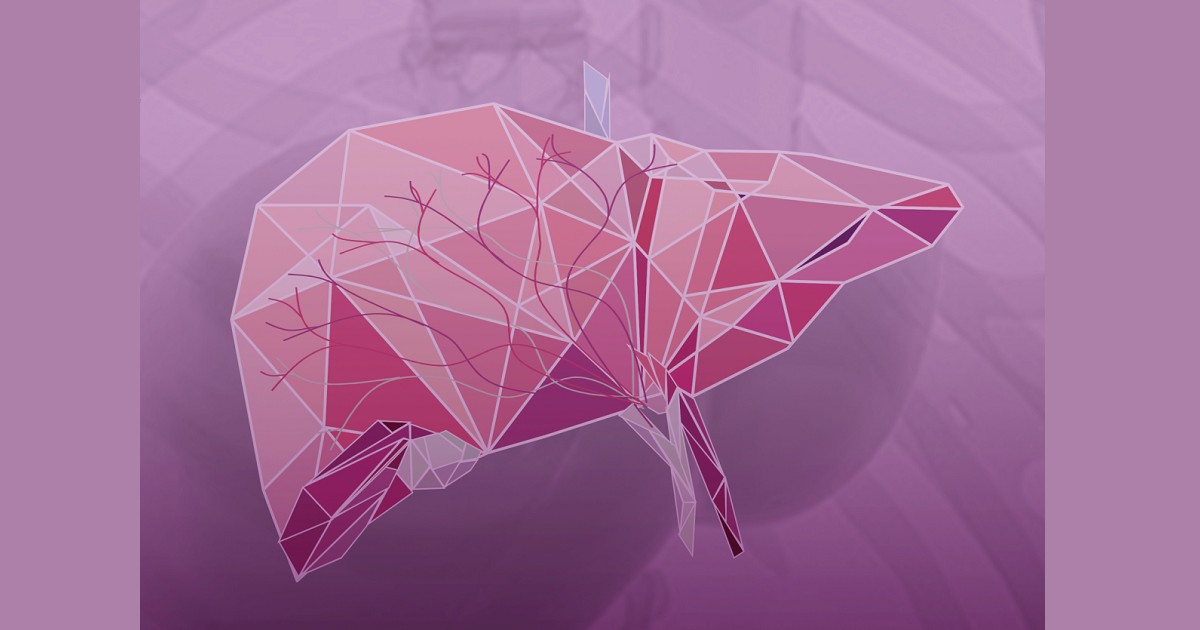Topic Menu
► Topic MenuTopic Editors




Sterile Inflammation in Solid Organ Transplantation

Topic Information
Dear Colleagues,
Sterile inflammation (SI) has been associated with certain disease states, such as the increased tissue damage that results from ischemia associated with myocardial infarction, stroke and ischemia reperfusion (IRI) associated with organ transplantation (heart, lung, liver, pancreas, kidney and small intestine); also including the related adaptive and autoimmune responses. The life-saving benefits of organ transplantation can be thwarted by allograft dysfunction due to SI involved in the complex process of organ transplantation (organ recovery, graft preservation and machine perfusion strategies and then graft implant and revascularization) that limits the transplantation outcome, in which SI is contributing to ongoing cellular injury in transplanted organs (heart, lung, liver, pancreas, small intestine and kidney) leading to a “pleiade” of cell signalling cascades in graft transplant, with subsequent detrimental short- and long-term outcomes. Although the vicious cycle of sterile inflammation and cellular injury is remarkably consistent amongst different organs, the underlying mechanisms are poorly understood and need to be explored in depth to prevent the sterile inflammation associated with organ transplantation, including the recognition of antioxidant mechanisms and thus, mitigating IRI-induced graft damage to prevent attention being paid to allograft dysfunction. This Topic calls on the relevance of the sterile inflammation processes in IRI associated with organ transplantation and adaptive and innate immunity responses for establishing new protective strategies in clinical transplantation for the most suitable outcome and for rescuing sub-optimal organs to increase donor pool.
Prof. Dr. Jerzy W. Kupiec-Weglinski
Prof. Dr. Joan Roselló-Catafau
Prof. Dr. René Adam
Dr. Teresa Carbonell Camós
Dr. Arnau Panisello-Roselló
Topic Editors
Keywords
- sterile inflammation
- ischemia and reperfusion injury in organ transplantation
- inflammasomes
- DAMPS
- cytokines
- nitric oxide
- oxidative and endoplasmic reticulum stress
- mitochondrial markers (complexes I, II, III, ALDH2, UCP, UCP2)
- autophagy and cell death and apoptosis
- ferropoptosis and necropoptosis
- ischemia-reperfusion injury and organ transplantation (heart, liver, lung, pancreas, kidney, small intestine)
- ischemia-reperfusion injury prevention and therapeutic strategies (preconditioning and post conditioning)
- adaptative and innate immunity responses
- graft static preservation and machine perfusion (hypothermic and normothermic and markers: Krebs cycle, mitochondrial markers, AMP kinases, glycocalyx)
- antioxidants and therapeutic strategies
Participating Journals
| Journal Name | Impact Factor | CiteScore | Launched Year | First Decision (median) | APC |
|---|---|---|---|---|---|

International Journal of Molecular Sciences
|
4.9 | 8.1 | 2000 | 18.1 Days | CHF 2900 |

Biomedicines
|
3.9 | 5.2 | 2013 | 15.3 Days | CHF 2600 |

Antioxidants
|
6.0 | 10.6 | 2012 | 15.5 Days | CHF 2900 |

Current Issues in Molecular Biology
|
2.8 | 2.9 | 1999 | 16.8 Days | CHF 2200 |

Journal of Clinical Medicine
|
3.0 | 5.7 | 2012 | 17.3 Days | CHF 2600 |

MDPI Topics is cooperating with Preprints.org and has built a direct connection between MDPI journals and Preprints.org. Authors are encouraged to enjoy the benefits by posting a preprint at Preprints.org prior to publication:
- Immediately share your ideas ahead of publication and establish your research priority;
- Protect your idea from being stolen with this time-stamped preprint article;
- Enhance the exposure and impact of your research;
- Receive feedback from your peers in advance;
- Have it indexed in Web of Science (Preprint Citation Index), Google Scholar, Crossref, SHARE, PrePubMed, Scilit and Europe PMC.


